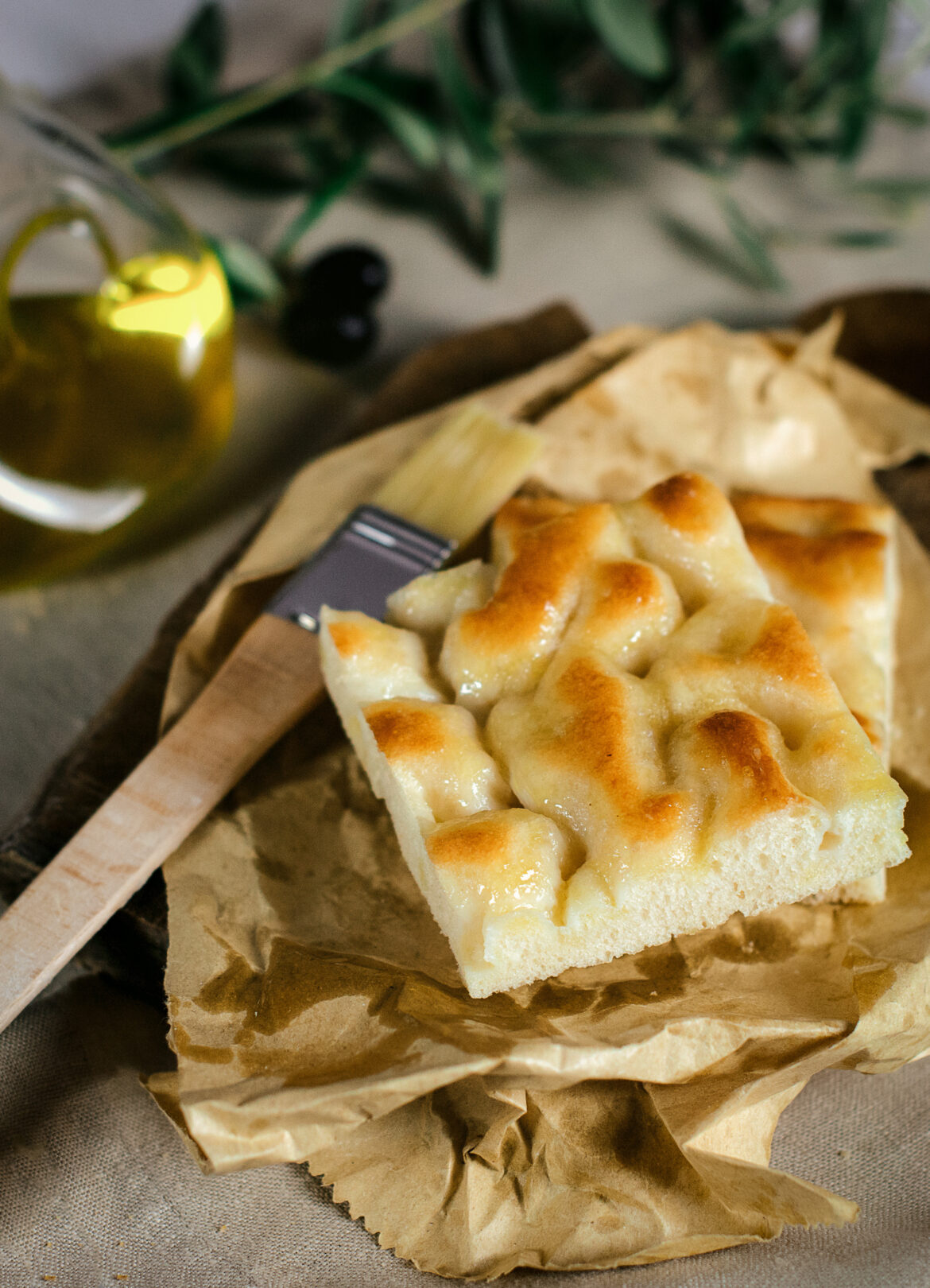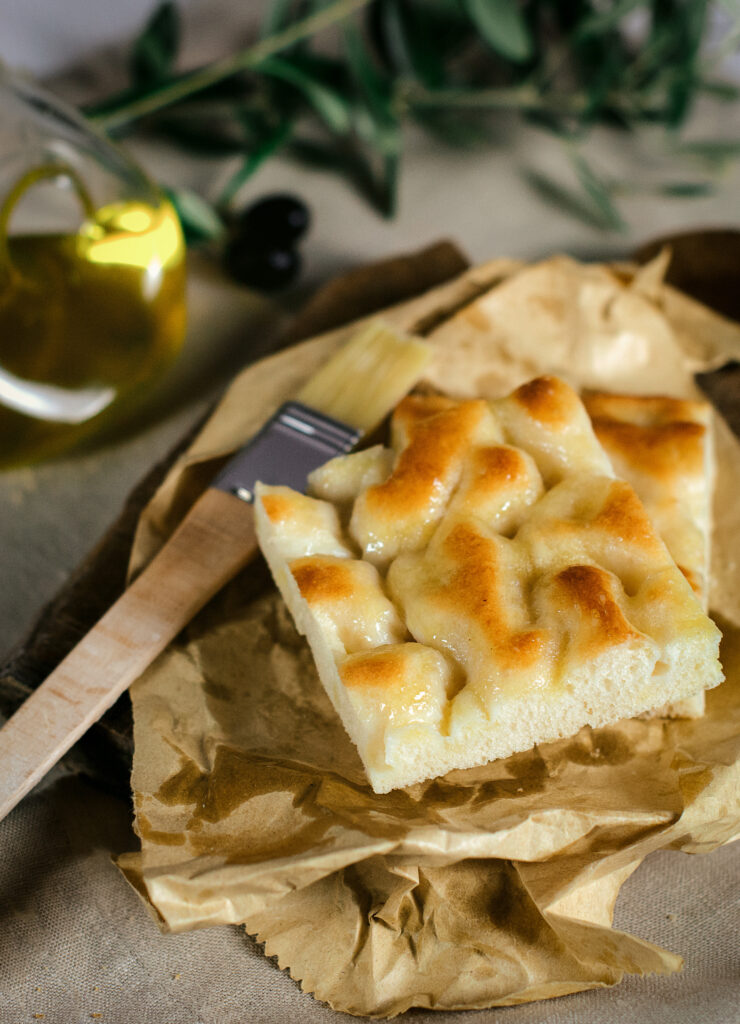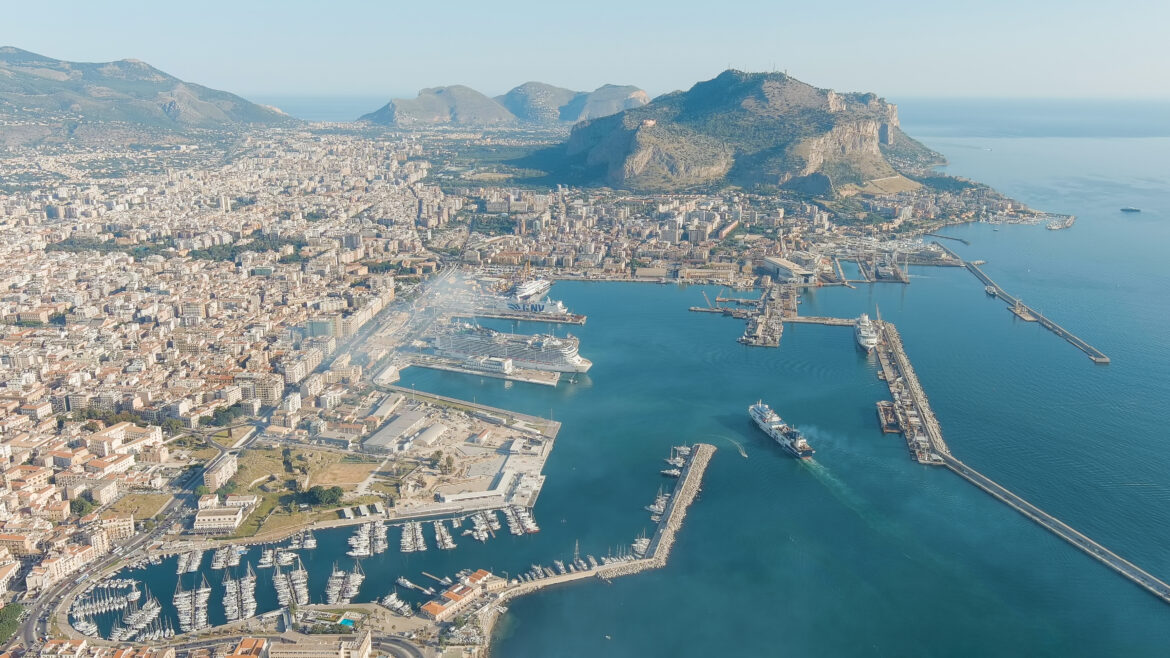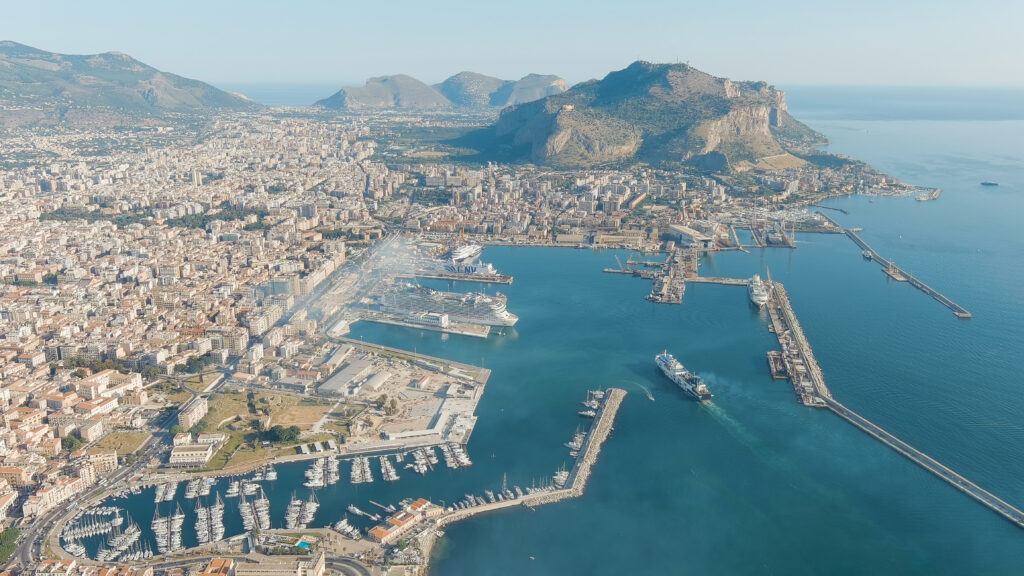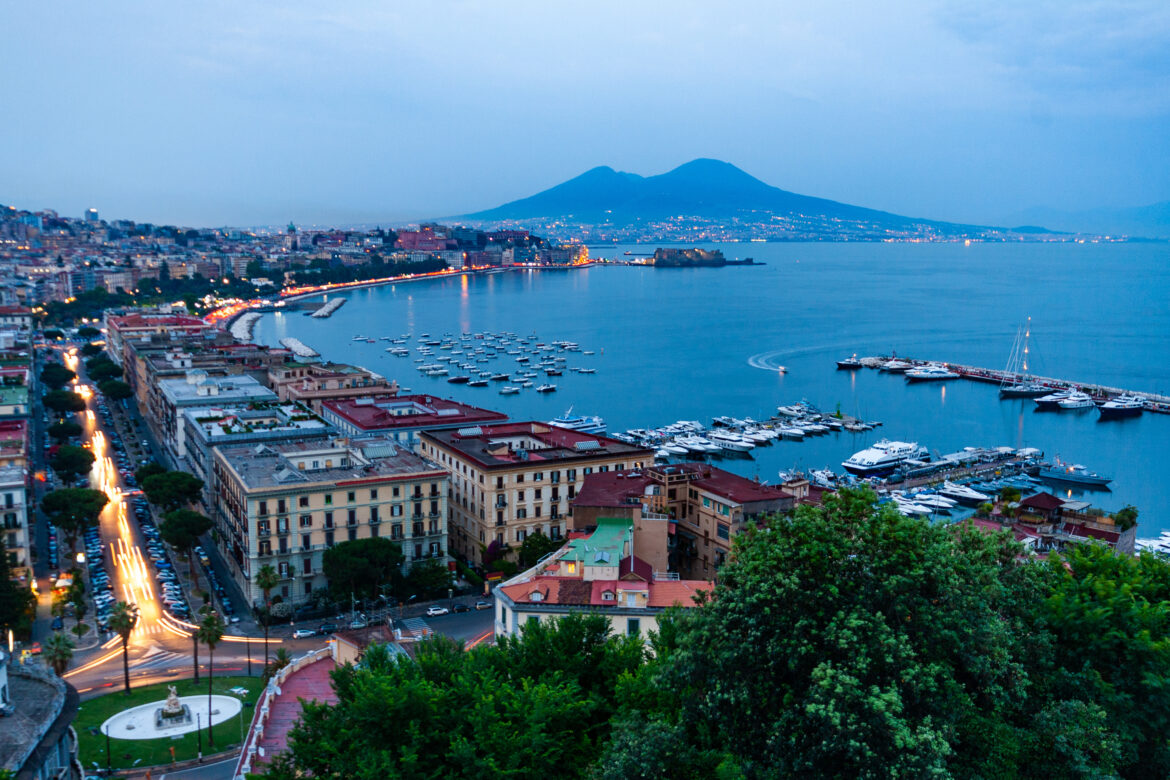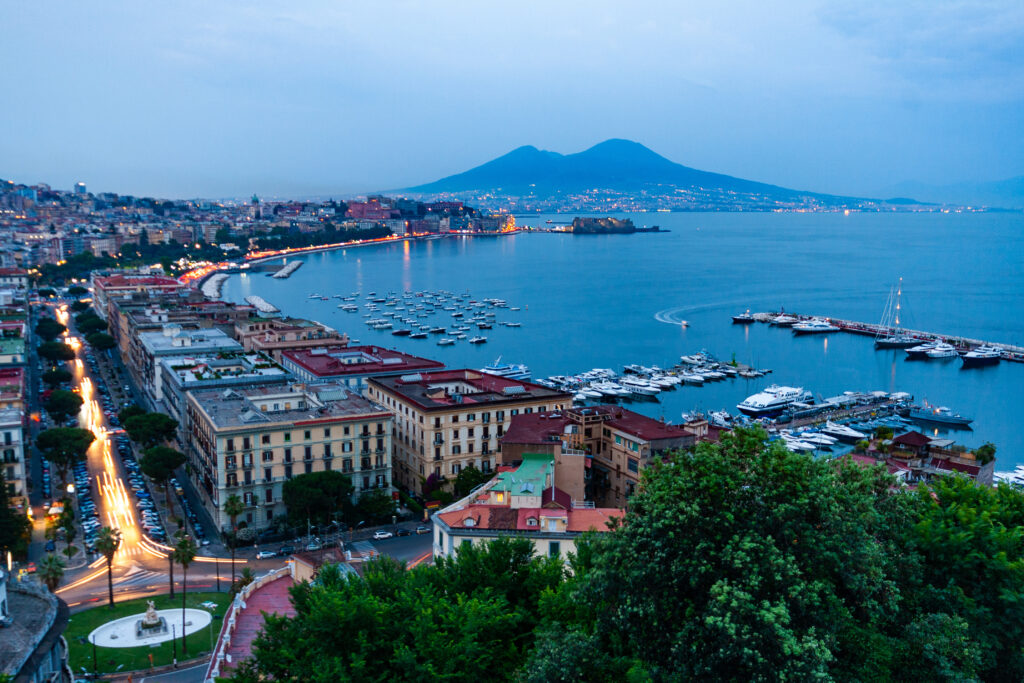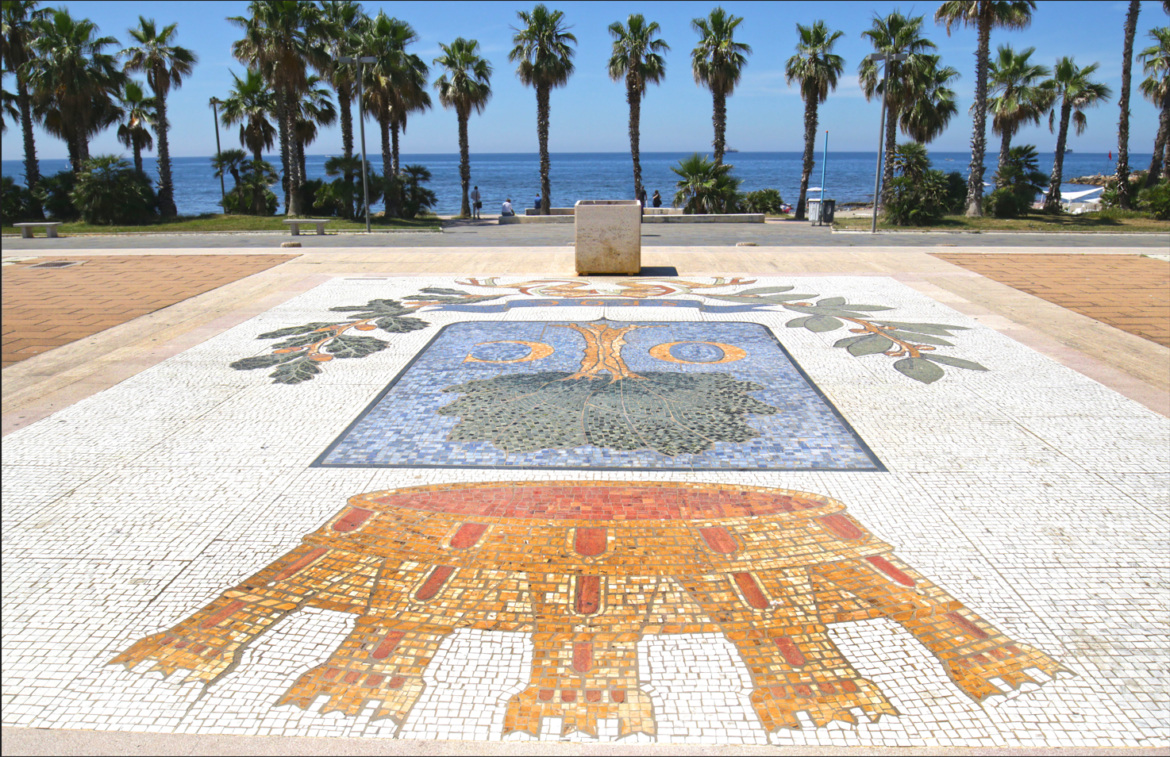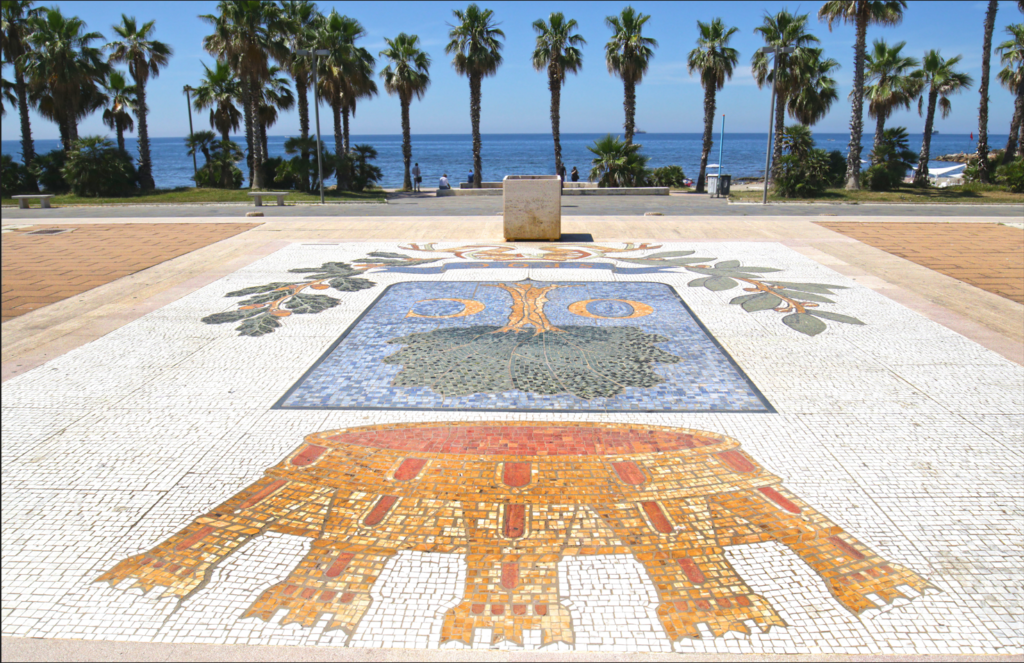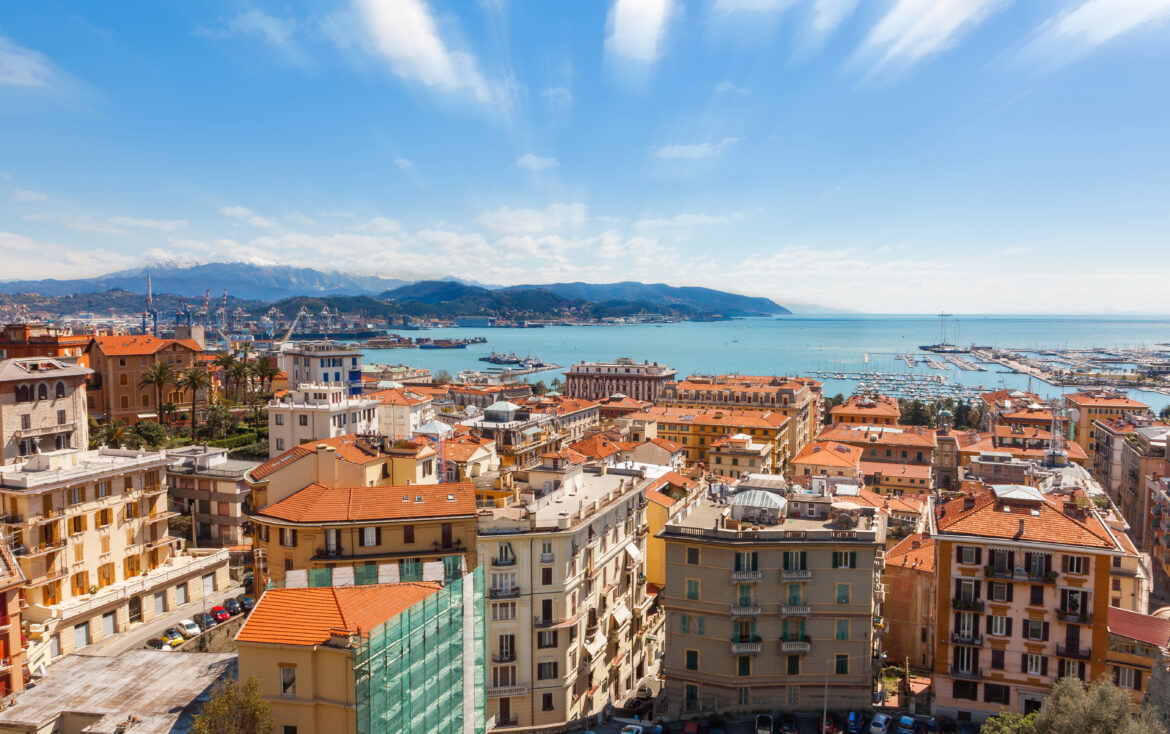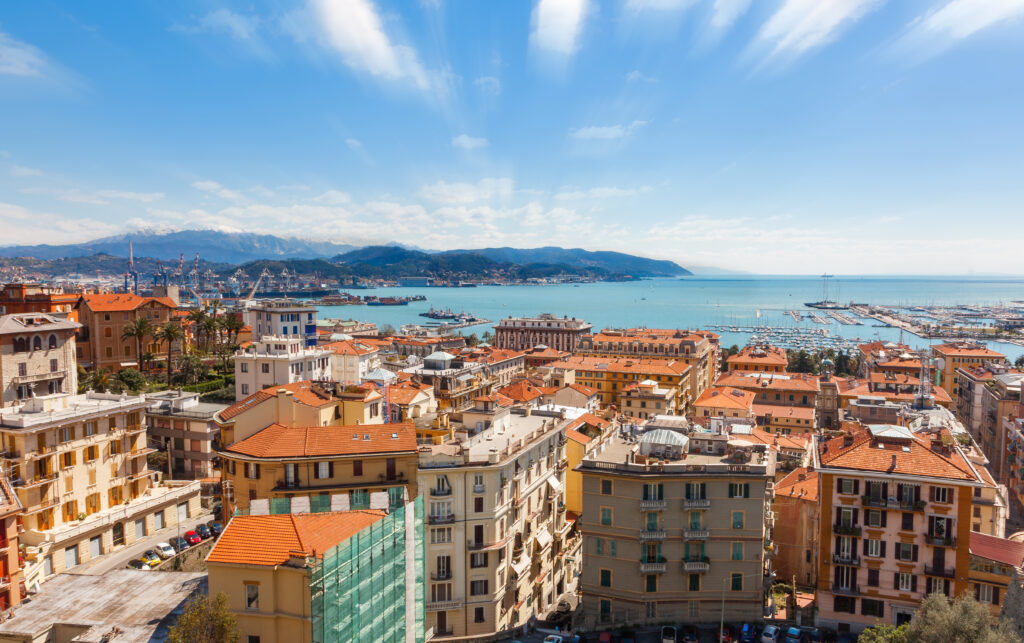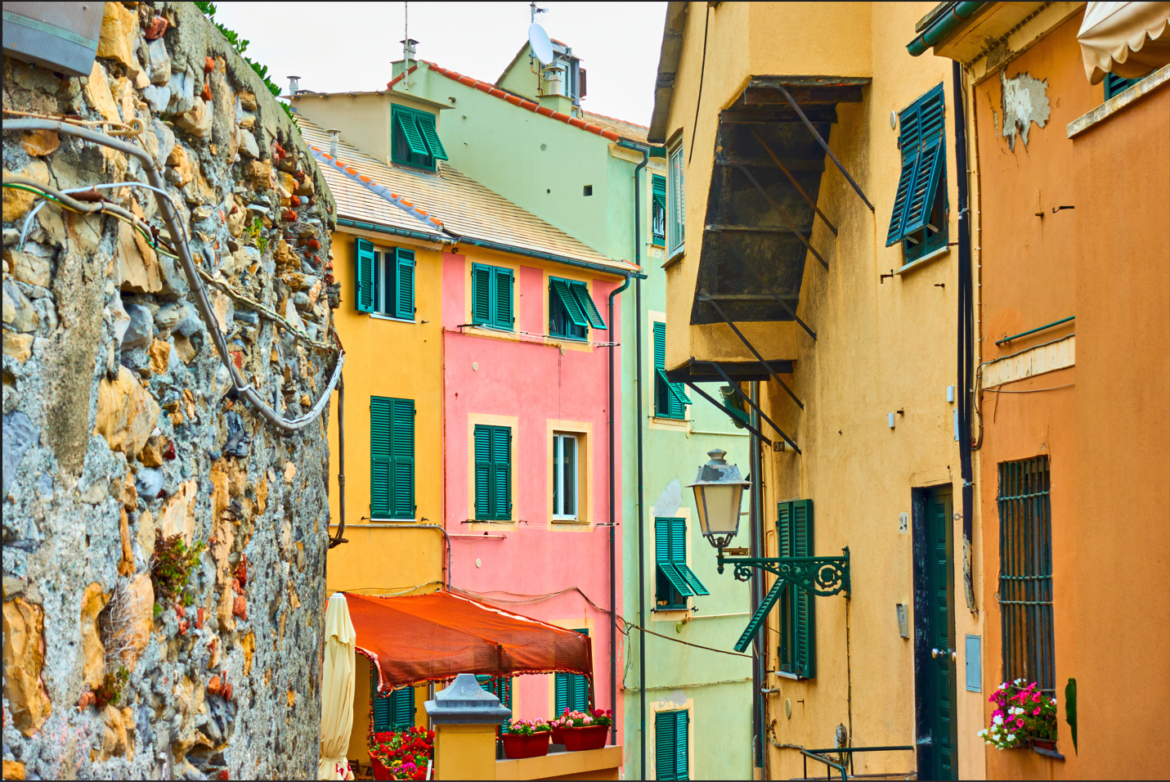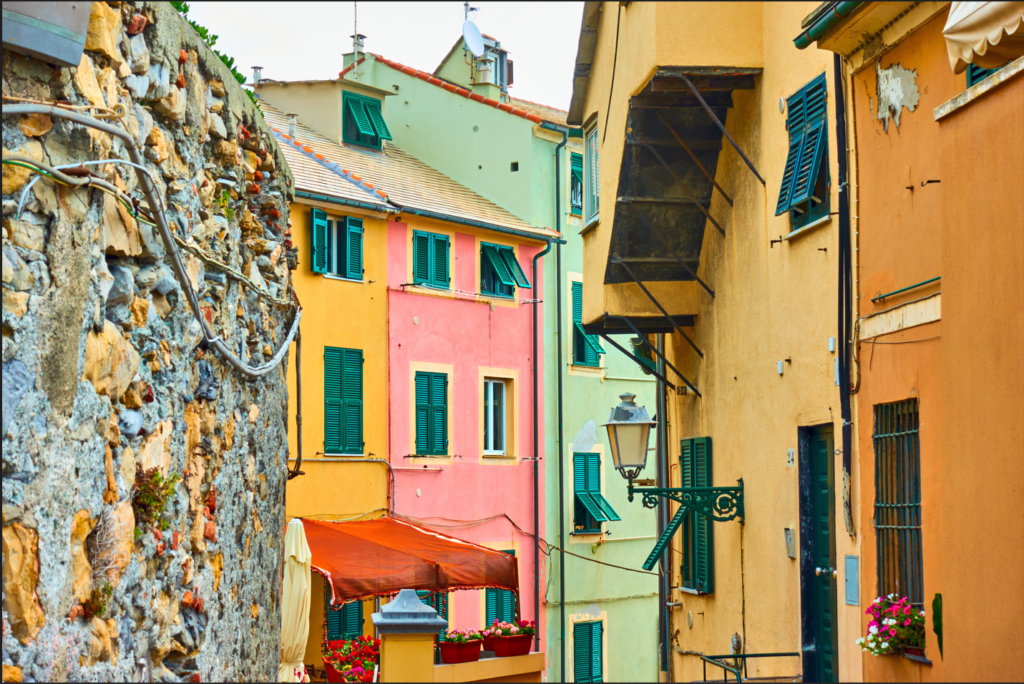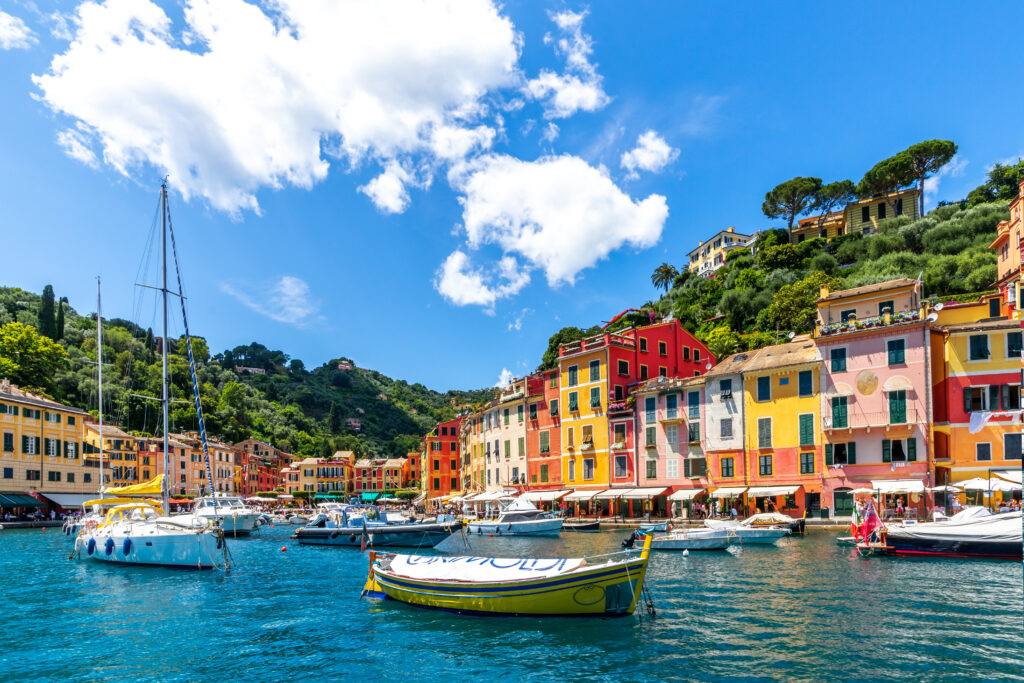For cruise passengers docking in Naples, the city’s rich culinary scene is an enticing invitation to explore beyond its stunning coastal views and historic sites. Known for its vibrant food culture, Naples offers a range of delectable dishes that are deeply rooted in its history and traditions. Sampling these local specialties provides a delicious glimpse into Neapolitan life and its culinary heritage.

One of the most famous dishes from Naples is the pizza Margherita, a true icon of Italian cuisine. Originating in the late 19th century, this pizza was named in honor of Queen Margherita of Savoy. The classic Margherita is topped with a simple yet flavorful combination of tomato sauce, fresh mozzarella cheese, and basil leaves. The colors of the toppings—red, white, and green—represent the Italian flag, and the dish is celebrated for its simplicity and use of high-quality, fresh ingredients. Every bite of this pizza reflects Naples’ dedication to perfecting a beloved culinary staple.
Another must-try Neapolitan specialty is spaghetti alle vongole, a dish that highlights the city’s connection to the sea. This pasta dish features spaghetti tossed with tender clams, garlic, white wine, olive oil, and a touch of red pepper flakes. The clams are typically sautéed until they open, and their briny juices create a light, flavorful sauce that coats the pasta. Spaghetti alle vongole exemplifies the Neapolitan love for seafood and the region’s emphasis on using fresh, local ingredients to create a dish that is both elegant and satisfying.
For a heartier option, ragù alla Napoletana is a classic Neapolitan meat sauce that has been a staple in the city’s cuisine for generations. This rich, slow-cooked sauce is made with beef or pork, tomatoes, onions, and a variety of herbs and spices. The meat is simmered for hours until it becomes tender and flavorful, resulting in a robust sauce that is perfect for pairing with pasta or serving over polenta. Ragù alla Napoletana reflects the city’s tradition of hearty, comforting meals that bring family and friends together around the table.
Sfogliatella, a beloved pastry from Naples, is a must-try for anyone with a sweet tooth. Known for its distinctive shape and flaky texture, sfogliatella is filled with a sweet ricotta cheese mixture, often flavored with candied fruit and spices. The pastry’s layers are meticulously crafted to create a crisp, airy exterior, while the creamy filling offers a delightful contrast. Sfogliatella is a perfect example of Neapolitan pastry craftsmanship, showcasing the city’s dedication to creating exceptional desserts.
Finally, for a refreshing end to a meal, try a limoncello, a traditional lemon liqueur that originated in the Amalfi Coast region but is widely enjoyed in Naples. Made from steeping lemon peels in alcohol and then mixing with simple syrup, limoncello is known for its bright, tangy flavor and is typically served chilled as a digestivo. Sipping on a glass of limoncello provides a perfect conclusion to a Neapolitan meal, offering a burst of citrus that cleanses the palate and highlights the region’s abundant citrus fruits.
From the iconic pizza Margherita and seafood pasta to hearty ragù and sweet sfogliatella, the city’s dishes offer a true taste of Neapolitan tradition. Exploring these classic dishes allows visitors to connect with Naples’ vibrant food culture and enjoy the unique flavors that define this historic Italian city.









